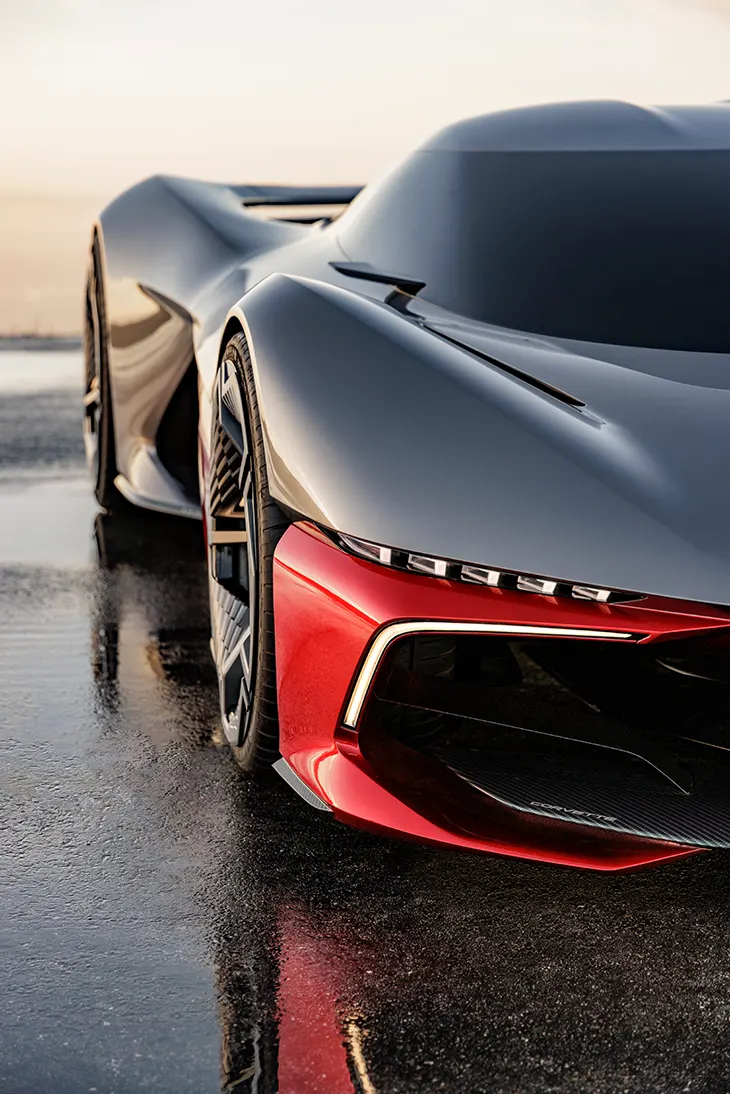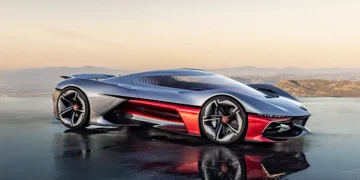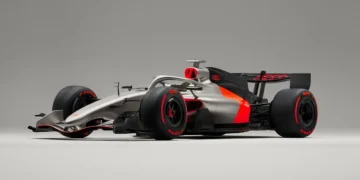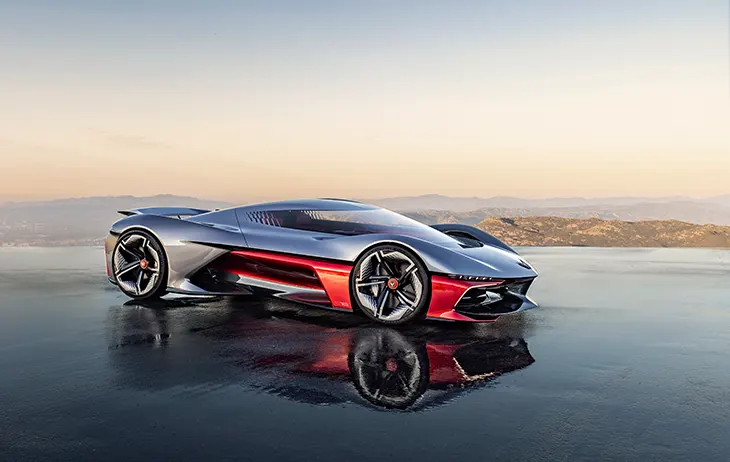
GM has introduced the California Corvette concept, the second of three Corvette design studies scheduled to debut in 2025. Developed by GM’s Advanced Design team in Pasadena, this hypercar concept draws from Southern California’s influence while reimagining Corvette proportions through futuristic design.
CARS
The California Corvette concept presents a new design direction while referencing classic Corvette cues. The Pasadena studio approached the project without production limitations, using the exercise to examine how the Corvette can evolve. A narrow cockpit, dramatic body shape, and wide stance form the foundation of the concept’s visual language. Designers paired these proportions with racing-simulator aesthetics and advanced materials to produce a hypercar that explores the possibilities of performance-focused form.
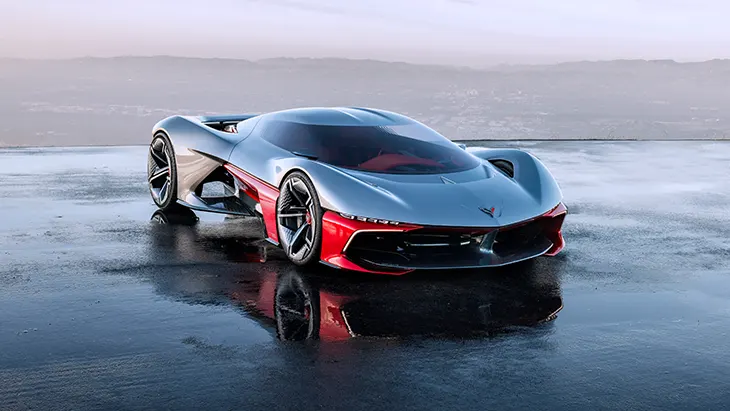
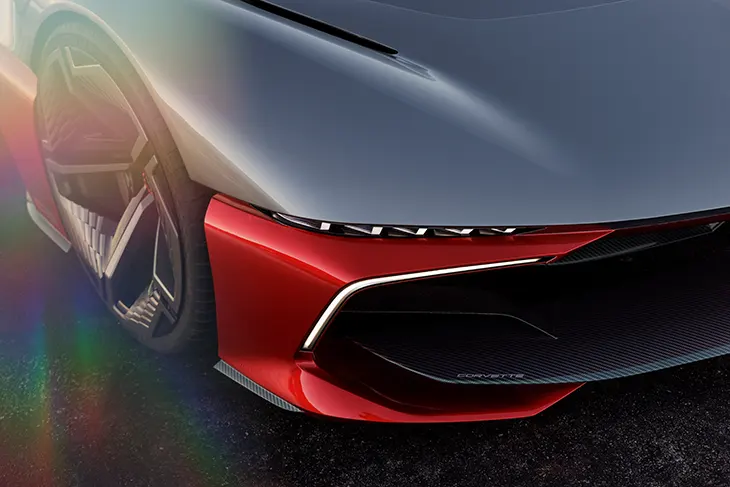
At the front, a single-piece canopy anchors the concept’s transformation. The front-hinged shell lifts off to shift the design from a road-focused coupe to an open-air track car. The dual-use form guided the development process from the start. “Southern California has shaped automotive and design culture for a century,” said Brian Smith, design director at GM Advanced Design Pasadena. “We wanted to approach this concept with that in mind, combining the local design identity with a global and futuristic outlook.”
The cabin design prioritizes function and concentration. A minimal interior layout removes visual distractions and places the driver at the center. Integrated structural elements support the form without unnecessary surface treatments. A heads-up display powered by augmented reality presents only essential data to assist during high-speed driving.
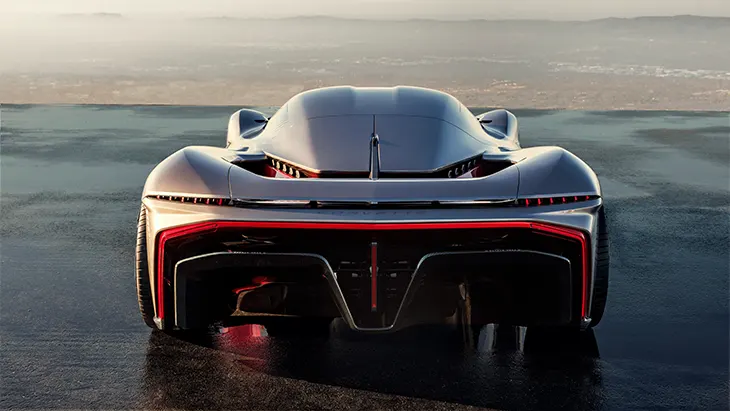
GM first unveiled a UK-developed Corvette concept in March as the opening entry in this three-part series. The California Corvette now follows as a complementary design study, shaped by a different region but connected by shared intent. Bryan Nesbitt, vice president of global design at GM, describes the initiative as a collaborative push across studios. “We invited multiple GM teams to envision Corvette-inspired hypercars. The California team responded with a concept that respects Corvette performance history while delivering a unique perspective.”
Designers based the body structure around a tunneled underbody with a lightweight carbon tub. A large active rear spoiler and integrated air brake support aerodynamic performance. The chassis incorporates large staggered wheels, 21 inches at the front and 22 inches at the rear. An assumed T-shape prismatic battery pack allows for lower seating positions and improved airflow throughout the frame.
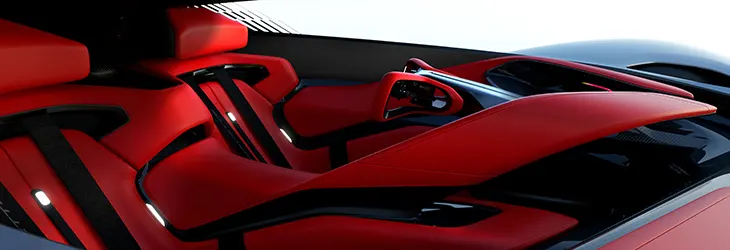
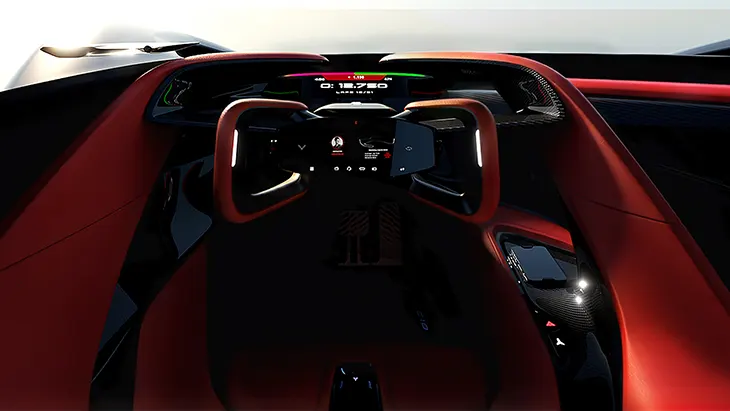
The concept’s overall measurements reflect its performance orientation. The California Corvette concept stands at 41.4 inches in height, 86 inches in width, and 182.5 inches in length, with a wheelbase of 109 inches. These proportions support the tapered, low-slung profile and create the aerodynamic base required for the car’s intended agility.
GM has not announced plans to produce the California Corvette concept. Instead, the study remains a one-of-one project meant to explore future-facing design directions through the lens of a legendary nameplate. The final concept in the Corvette design series will complete the trilogy later this year.
